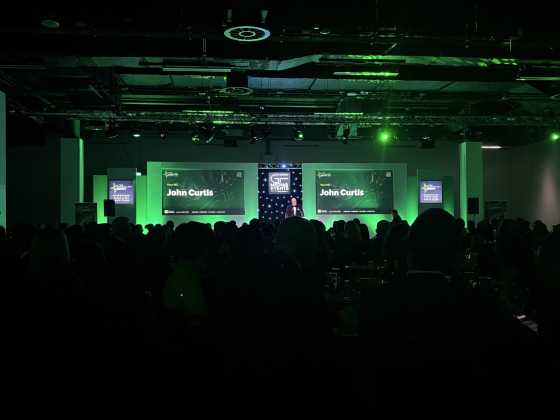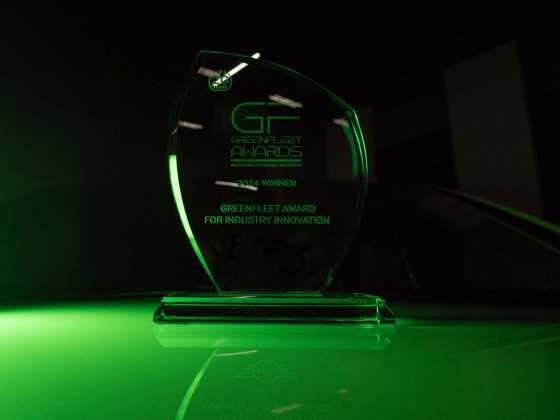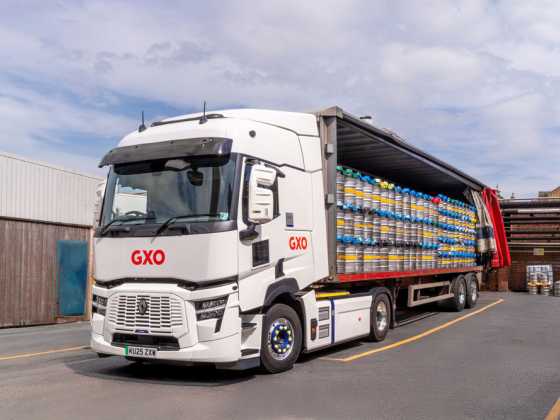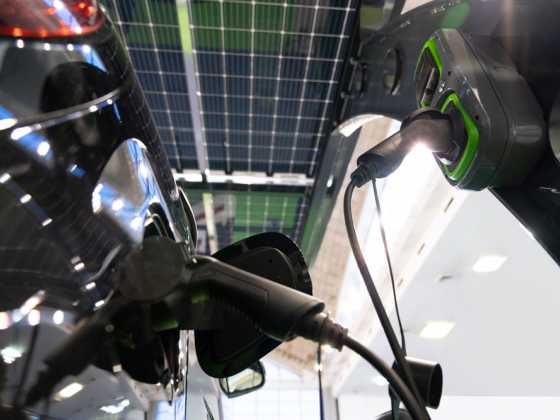Electrifying the van fleet
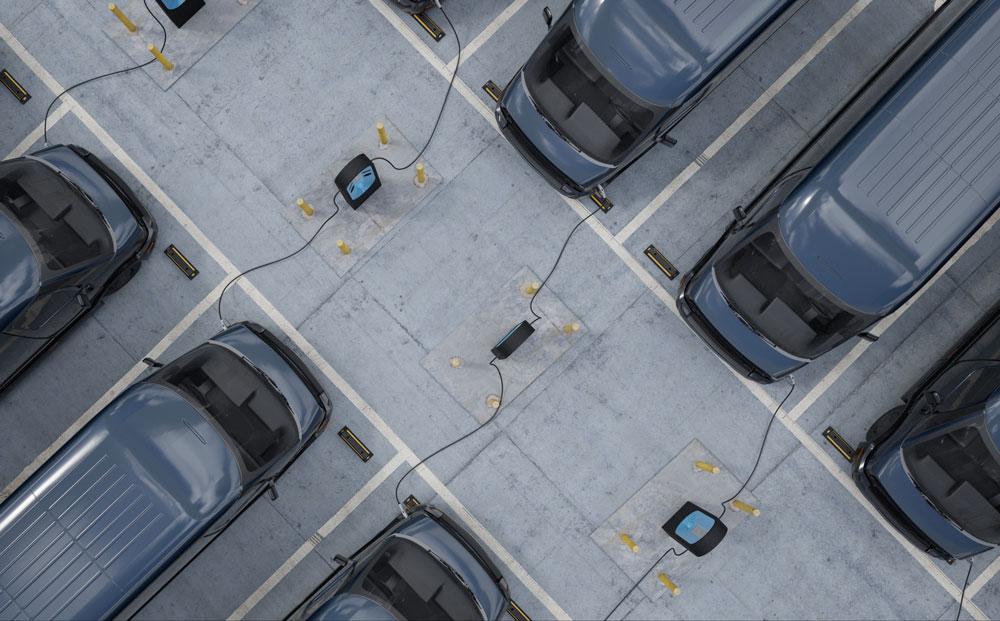
Van use in the UK hit a record high in 2024. But with just 1.6 per cent of the van parc currently electric, we explore why the EV transition is proving more difficult for van fleets, and what solutions are needed to drive real progress
In 2024, van use grew to record levels, up 1.8 per cent to 5,102,180 units, according to the SMMT. And while battery electric van volumes increased in 2024, they only made up 1.6 per cent of the vehicle parc. With the majority of vans on the road still diesel, this presents a major obstacle to the UK’s decarbonisation goals.
According to Transport & Environment, since 1990, van-related greenhouse gas emissions have soared by 63 per cent.
To address this growing environmental impact, the UK government has introduced a clear trajectory to phase out the sale of new diesel and petrol vans by 2035. Under the Zero Emission Vehicle (ZEV) Mandate, vehicle manufacturers must hit annual targets for electric van sales – starting at 10 per cent in 2024 and rising incrementally to 70 per cent by 2030. Missing these targets means facing penalties.
The market is evolving to meet these mandates, with around 40 different zero-emission van models now available, which is more than half of all new van models.
However, so far in 2025, battery electric van sales take up 9.1 per cent of the market, which is still far below the mandated ambition of 16 per cent for 2025.
Barriers slowing the switch
Electrifying vans is proving to be more complex than passenger cars due to the demands placed on them. Many are on the road all day and carry substantial payloads, with some having to power equipment round the clock.
Many fleet operators worry that the real-world range of the van will be an issue. Indeed, the Association of Fleet Professionals (AFP) has reported that some of its members are only getting half the quoted range in their electric van when fully loaded and operating in cold conditions.
Another barrier is the high upfront cost. Electric vans are still significantly more expensive than their diesel counterparts. For
many fleet operators, especially small businesses, this price difference is a major
deterrent.
The ZEV Mandate will inevitably increase the supply of electric vans, and as competition grows, prices should fall. In the meantime, government subsidies, such as the Plug-in Van Grant (available until March 2026) can help to bridge the cost gap and encourage adoption.
What’s more, charging on the public network remains significantly more expensive than home charging. Drivers using rapid or ultra-rapid chargers face not only higher unit costs, but also a 20 per cent VAT rate, compared to just five per cent for home charging – effectively penalising those without access to private charging, or those that don’t have workplace charging. Aligning the VAT rate for public charging with that of home charging would eliminate this cost burden.
Furthermore, most public charging infrastructure is built for cars, not vans. Tight bays, short cables, and lack of consideration for longer charging times make it impractical for many van users.
Installing depot charging infrastructure brings a host of logistical challenges – from planning permission and landlord agreements, to costly power upgrades and confusing processes with Distribution Network Operators (DNOs). These projects can take years and are often prohibitively expensive without additional support. The BVRLA’s Zero Emission Van Plan calls for clearer guidance, faster planning processes, and better coordination with DNOs to reduce lead times and costs.
Regulatory barriers
There is a key regulatory hurdle with 4.25-tonne electric vans, which, due to their battery weight, are classed as HGVs despite being the same size as 3.5-tonne diesel vans. This classification brings stricter MOT and driver hour rules, creating administrative burdens and limiting operational flexibility. However, changes are happening. For example, category B licence holders are now able to drive up to 4.25t EVs. But broader regulatory alignment is needed. Reclassifying 4.25-tonne electric vans in line with their diesel equivalents would ease the administrative and operational burden on fleets. This includes changes to MOT schedules, driver hour regulations, and test centre availability.
Electric van usage in action
There are many examples of fleets that have successfully adopted electric vans, and have worked to overcome any operation challenges.
One such fleet is Scottish Water, who has over 180 electric vans in operation. Fleet manager Elaine Pringle commented: “Electric vehicles are in our fleet to help deliver clean water to our customers across the country. Drivers have found them easy to drive, much easier than their diesel counterparts and a much smoother ride.
“They still do have range anxiety, however I’m hoping with the improvement in technology of emerging vehicles into the market, range will increase and allow them to work a full day without having to top up charge.”
Elaine also cited the geography of Scotland as a challenge in their electrification journey, saying there are “vast areas of land without sites or offices to install chargers at”. Elaine concludes: “We have overcome all of these challenges by only replacing vehicles with electric when it is both economical and practicable for the operational teams and won’t affect their day to day work.”
BT Group has taken delivery of 750 electric vans from Holman, the first vehicles from a 3,500-plus order. The vehicles will be used by Openreach and are part of BT Group’s plan to become a net zero business by 2031.
Simon Lowth, chief financial officer at BT Group, said: “By integrating yet more electric vehicles into our operations, we are taking another significant step towards reducing our carbon footprint and supporting the UK’s transition to a greener future.
“As we extend our full fibre build from 16 million homes and businesses today to 25 million by the end of 2026, having the most efficient, sustainable electric vehicles will give our engineers the edge as they connect customers at pace to our next generation networks. Our modern fleet will help us to be more efficient and deliver a better service for our customers.”
A complex transformation
The electrification of the UK’s van fleet is not just a technological shift, it’s a complex transformation of infrastructure, policy, and business practice. While the ZEV Mandate is forcing momentum, the real-world challenges faced by operators risk slowing adoption.
Yet, as seen with forward-thinking fleets, electrification can work when approached strategically and supported appropriately. To unlock widescale adoption, government and industry must work together to remove remaining barriers, accelerate infrastructure deployment, and ensure the regulatory landscape reflects the realities of van operation.

